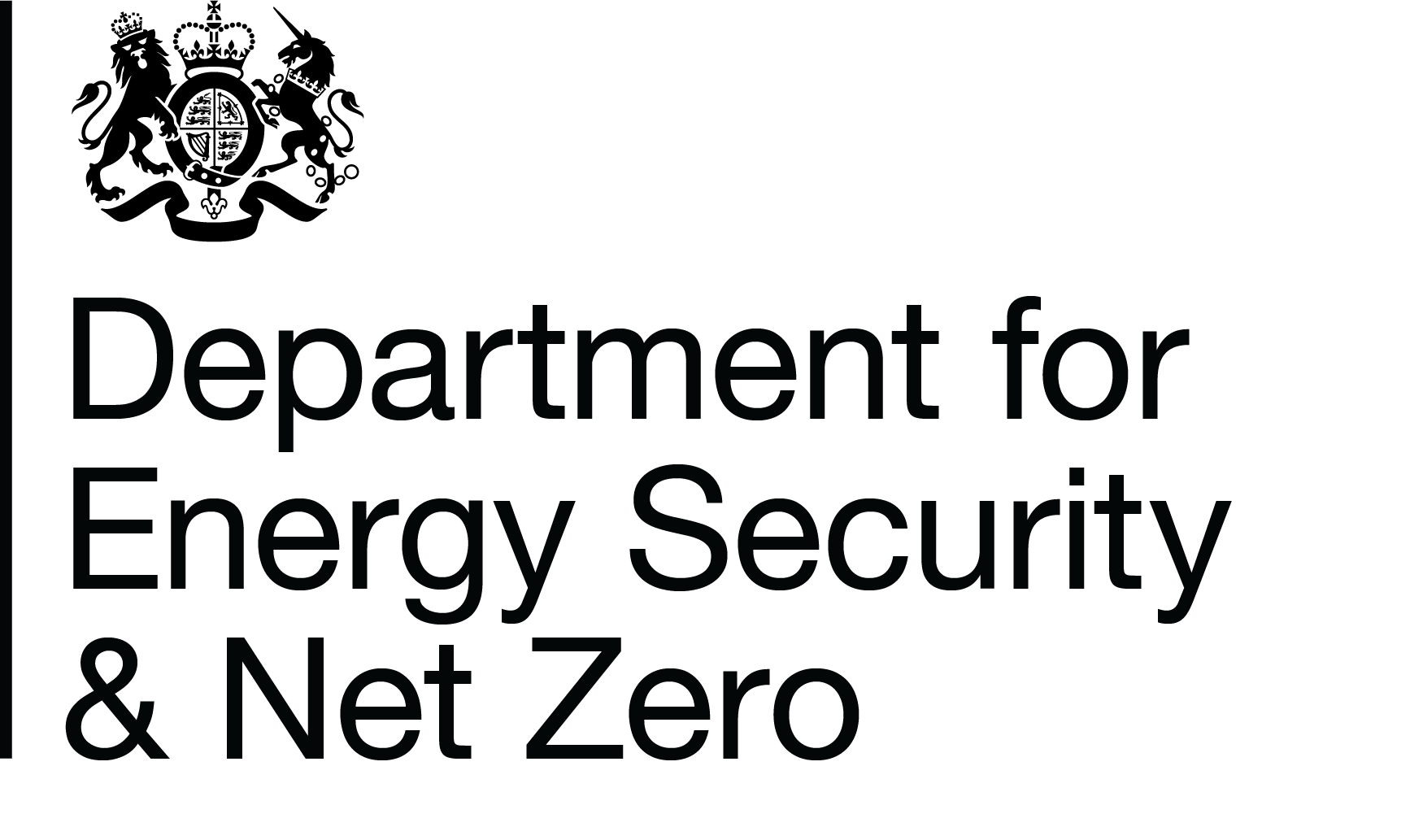RHI biomethane injection to grid tariff review
Overview
This consultation was carried out by the Department of Energy and Climate Change. In July 2016, the department merged with the Department for Business and Innovation and Skills to form the Department for Business, Energy and Industrial Strategy.
Biomethane to grid is a key renewable technology that has the potential to make a significant contribution to the UK’s 2020 renewable energy commitments and is expected to deliver 15% of heat deployment under the Renewable Heat Incentive (RHI) in 2015/16. Therefore it is vital that we get the level of support right to ensure the market can grow with confidence.
When we first introduced the ‘one size fits all’ biomethane to grid tariff in November 2011 there were no full scale biomethane to grid plants in operation[1]. The tariff was based on a 1MW waste feedstock plant, although we recognised that over time, this level of support might need adjusting.
It is clear that the RHI has kick-started the market for biomethane to grid: there are now three plants registered to the RHI. Our current market intelligence indicates that many plants of much higher capacities are planned or in the pipeline. Larger plants benefit from economies of scale which can make them efficient generators of renewable energy, but our analysis now suggests that their costs may not justify RHI support at current levels. This represents a value for money risk for the taxpayer. The aims of this review are to:
- ensure continued growth in biomethane to grid deployment in order to support the Government’s ambitions for renewable heat deployment and its commitments to carbon emissions abatement, including meeting the 2020 renewables target;
- ensure value for money in the use of RHI budgets, which require a tariff structure that incentivises deployment but does not routinely overcompensate biomethane to grid installations; and
- recognise and maintain the important role of large scale plant in the RHI;
[1] Although the Didcot biomethane plant, a demonstration scale project, first injected gas to grid in October 2010.
Why your views matter
We are proposing to introduce a well-managed adjustment to the biomethane to grid tariff, which will enable the market to continue to grow sustainably. We plan to lay the amended regulations as soon as possible after Parliament returns from Recess in Autumn 2014.
We are consulting on two tariff options: banding and tiering of the tariff; both options are familiar to the market and are used elsewhere in the scheme.
Banding operates by defining capacity bands for the technology and paying an appropriate tariff for an agreed level of plant capacity. Tiering operates by paying a higher tariff for the first designated amount of kilowatt hours of biomethane injected into the grid and a lower tariff for any subsequent biomethane injected over a period of 12 months.
For both banding and tiering we provide scenarios to illustrate how tariffs for different sizes of biomethane plant might be derived. Essentially the scenarios serve to illustrate the levels of support we are considering, and we are seeking views from industry on what level and form of support is most appropriate to enable us to meet the objectives set out above. We are aware that the evidence on which the options are based carries a certain amount of uncertainty, for example gate fees and other capital costs identified in the technical annex, which appends this document.
In this consultation there are a total of 22 questions. There are 17 questions in the main consultation document and an additional 5 questions in the technical annex.
A decision on our final approach will be made based on the inputs from this consultation, stakeholder views and our updated evidence base.
What happens next
Following the consultation, our proposals will be finalised and a Government Response issued. Subject to consultation responses, we plan to lay the amended regulations as soon as possible after Parliament reconvenes in Autumn, 2014.
Audiences
- Low carbon technologies
Interests
- Renewable energy

Share
Share on Twitter Share on Facebook